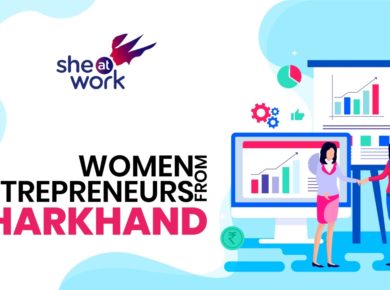At a recent United Nations (UN) General Assembly session, UN Secretary General Antonio Guterres said, “I cannot accept a world that tells my granddaughters that gender equality must wait for their granddaughters’ granddaughters.”
The truth to this is blaring – when it comes to senior leadership roles, women still constitute the minority, globally. In the Indian corporate world, only 6% of chairpersons are women. Based on this, it is estimated that it will take at least 108 years to bridge the gender gap, and 202 years to have legitimate workplace equality.
A recent Yale University study showed that a group of scientists inherently scored male candidates higher, when asked to review identical job applications from male and female students. Evidentially, India would be 27% richer if it succeeded in rebalancing its workforce, according to The Economist. In fact, a market study by Catalyst also showed that Fortune 500 companies with women on their boards also gained 53% higher returns on equity, 42 percent higher sales, and an almost 66.7% greater ROI than those with only male board members.
By now, it is well established that women possess better listening skills than men, which will be extremely important for the jobs of the future, along with improved communication, interpretation, and problem-solving skills. A recent study on a demographic of 15-year-old students by The Organisation for Economic Co-operation and Development (OECD) also showed women possessing much better problem-solving skills than men, in each of the 52 countries surveyed. Thus, this highlights the particularly key role that women professionals will play in the corporate world, in the years to come.
However, going forward, true inclusivity will take much more than just HR policies; it will need comprehensive participation and conscious investment from all levels of an organisation. Until subconscious bias is addressed through conscientious self-reflection, organisations will continue to lose out on the immense potential that a diversified workforce offers. Instead of obsessing over how female professionals are different from their male counterparts, the corporate world must embrace their differences. Only then will they move beyond just compliance, and achieve true inclusivity, and with it, gain access to the countless unique strengths and business acumen that women offer.










